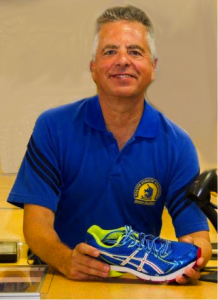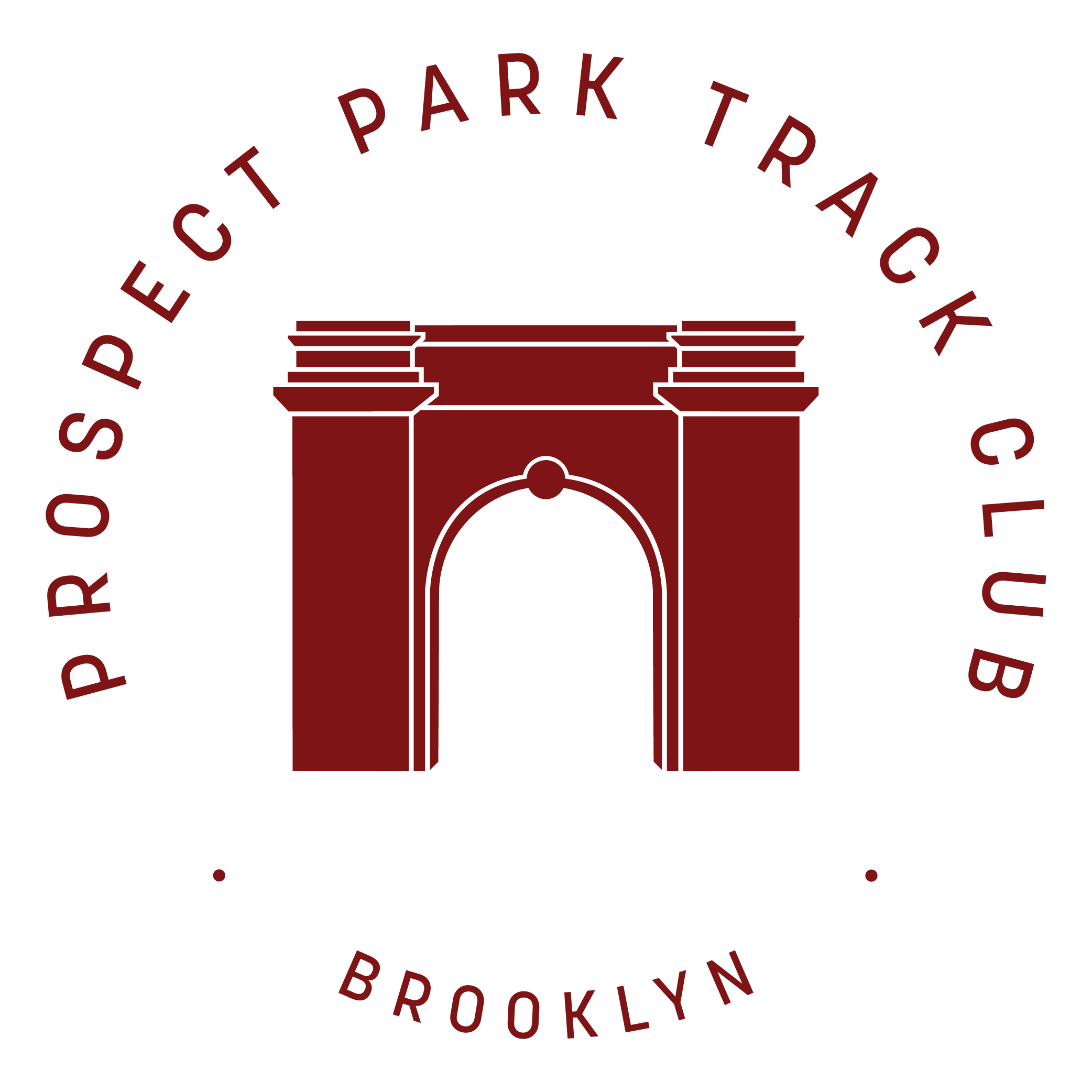Bruce R. Wilk answers your questions
 Editor's note: thanks again to Bruce R. Wilk, P.T., O.C.S., for answering our questions. Bruce is the author of The Running Injury Recovery Program. His responses follow.
Editor's note: thanks again to Bruce R. Wilk, P.T., O.C.S., for answering our questions. Bruce is the author of The Running Injury Recovery Program. His responses follow.
There are no quick fixes for running injuries, and unfortunately there are also no quick answers for general running injury-related questions. I'm asked questions very similar to the ones that you all submitted, and that is why I wrote The Running Injury Recovery Program. In my book, I describe, in depth, how to diagnose, treat, and recover for each of the major running injuries. This book, and the related workbook, provide a comprehensive program on the self management of running injuries for runners at every level.
As someone who is prone to hamstring strains, are there any exercises/drills that I can do when not injured that will hopefully stave off future injury?
– Wallis
I always teach runners strength and stabilization exercises that are specific to the biomechanics of running. These excercies focus on breaking down the components of running and strengthening specific movements/ areas as it relates to stability and mobility. My book does this for all of the major running injuries, including the hamstring region. The book provides specific instructions and pictures demonstrating proper form, technique, and progression.
I’m (knock on wood) largely injury free these days, but I do have a consistent pain that I’ve never really figured out: my big left toe. I don’t have the same range of motion in my big left toe as with my other toes, and when I flex my toes upward I feel some stiffness in the knuckle of my big left toe. I do some work for my feet and toes–toe towel grabs, marble pickups, massage, etc–but this kind of stiffness (arthritis?) seems to not go away. The funny thing is, I’m in peak mileage now for my spring marathon (~60 MPW) and it hurts less than when I was around 45 MPW. Any ideas on what I can do to restore flexibility to my big toe, or at least prevent further loss of function and mitigate inflammation?
– Matthew
The first toe should go up as high as the second toe. The Running Injury Recover Program book has many strategies to improve big toe function, many on focusing on using your big toe more effectively as you run.
I feel like I am constantly prone to IT band issues just on my right side. What can I do (besides foam rolling) to help prevent this?
– Aditi
The Running Injury Recovery Program has different ways to manage dysfunctions with your ITB, and will help you differentiate if it is truely a band problem. Pain in the outside of the knee from running may involve structures other then the ITB- I often find that it does. I do not use foam roller for flexibility training. I have found several other techniques much more effective than foam rolling, and my book does provide instruction for these techniques.
What do you think about the mind-body connection, that a physical injury/pain can be traced to a mental stress/pain? How does your view on that translate to injury prevention and rehab?
– Mark
There is a such thing as good stress, and that can actually improve our physical performance. However, an overload of stress plus training equals over training. Stress takes away from the healthy mental focus needed to train functionally. I do have a unique chapter on the subject in the book.
What’s your view on cross training as part of a marathon training program – does it help balance the body and avoid injury – or does it just develop muscles that are of no use to running?
– Mark
While cross training (not running) one can not get a running injury; one can get a cross training injury. A challenge I discuss in my book is determining knee pain from dysfunctional cycling that is not felt on the bike but comes out during running. This happens frequently with triathletes.
Training your strength and flexibility outside of running is part of being a healthy runner. I prefer strength and stability exercises specific to the biomechanics of running. If you are not strong enough to train for your marathon then your running will become dysfunctional, and you will be more at risk for injury. Only running makes you strong enough to run, but your body has be able to do other tasks in life. For example, you need to be flexible to reach and strong enough to lift stuff.
I have been trying to heal my right-side sacroiliitis for over a year now by doing PT, chiropractor sessions, stretching, yoga, icing, meds, increased standing, changing my stride-you name it! What I struggle with the most is finding cardio exercises that I can do which don’t further inflame my joint. I have tried spinning, ellipticals, row machines, stair climbers, swimming…. and all of them involve major movements in the hip.
Any recommendations for cardio workouts that will keep me in shape to run and not exacerbate this condition? Any advice for ways to further promote healing?
– Denise
Work with your PT and chiropractor on getting through the phases of my book. Read Chapter 7 on choosing professional health. Follow the region on buttocks and you will find many good mobility and stability strategies.
What is your #1 biggest recommendation to runners? Is there something you find yourself repeating time & time again? Are there a handful of strengthening/stretches that you’d say are the most beneficial that we should all be doing?
– Colleen
Runners need to run enough to be strong for running. One has to have enough of a base to train properly for the goals they set for themselves. Make time to run throughout your life. An important part of my book is to help injured runners to develop good habits during this time of recovery.
I want to continue to improve and remain injury-free, yet have a limited amount of time to devote to running. Of these options, where should I focus my time?
1. running as much as I can (right now, 70 mpw)
2. stretching (pre-run? post-run? during the middle of the day?)
3. gym strengthening (upper body? lower body? core?)
– Keith
All important. You have to pick and choose based on time availability, goals, and personal preferences. My book has many running injury specific mobility and stability exercises you can work into your training.
What can I do to prevent recurring shin splints? Is there really a difference in all the neutral and/or stability type shoes out there?
– Chaya
Shin splints means pain below your knee and above your ankle. Bad shoes can give you shin pain but good shoes may not take them away. I have written two chapters on the importance of proper shoe selection during postinjury running until you recover. Proper training, functional running, including proper habits, technique and equipment are explained in my book to get over any running injury.
